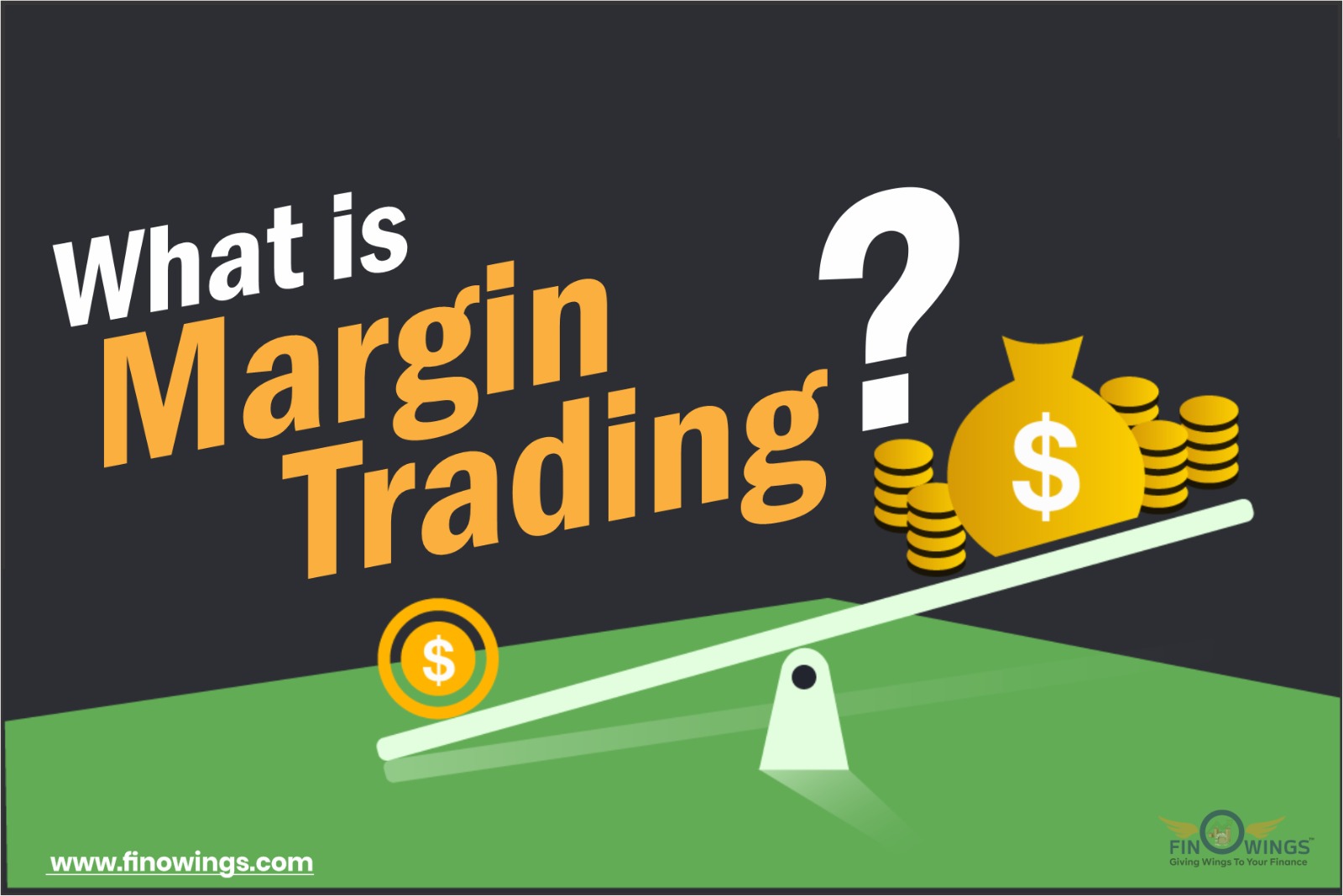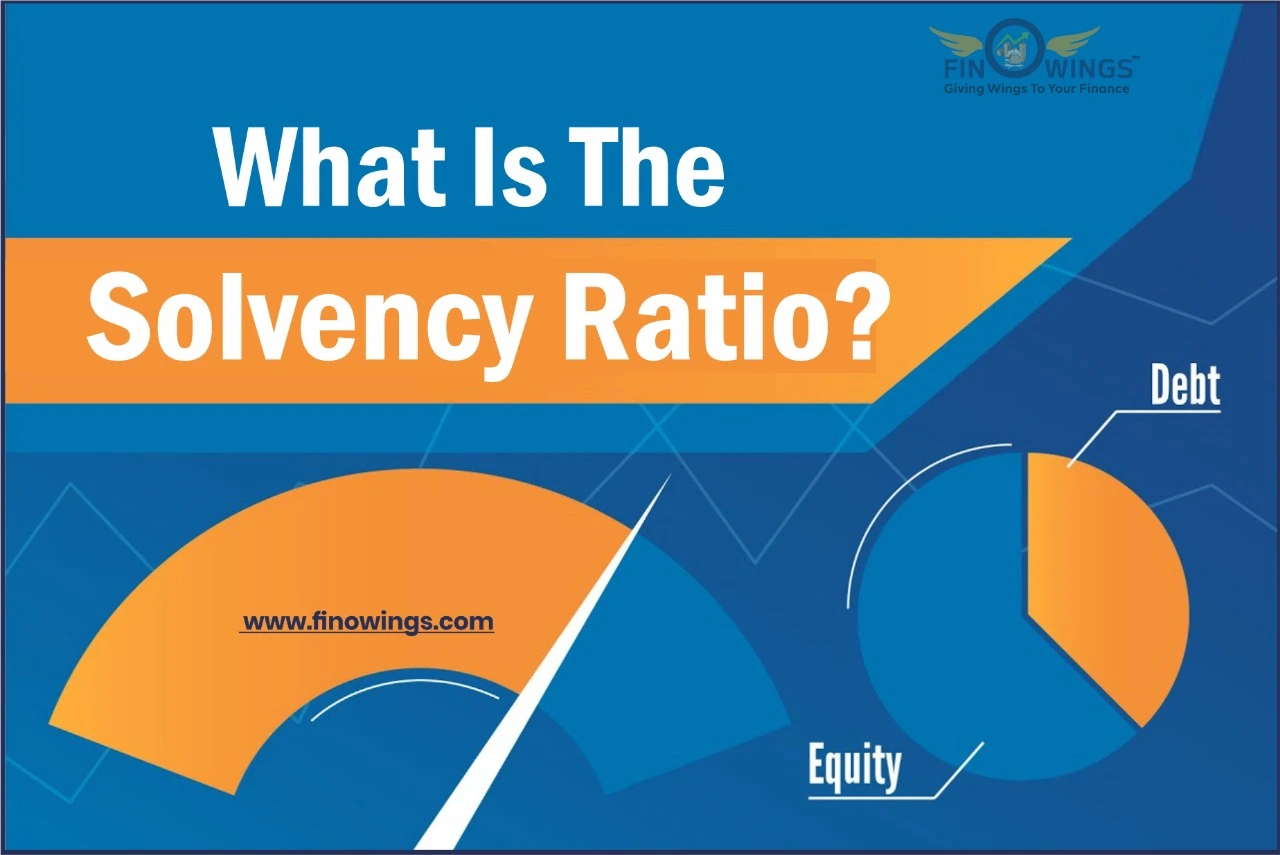Home >> Blog >> What is Margin Trading?
What is Margin Trading?

Table of Contents
Borrowing money to expand a trading position is the practice of margin trading. Margin allows traders to trade with funds that are greater than what is in their accounts. Margin enables traders to increase their gains when they are correct and increase their losses when they are incorrect.
Margin trading can be utilized to protect against unexpected losses. However, it also entails more dangers, including more volatility and the potential for losses that exceed your initial investment.
1. What Is Margin Trading?
Trading assets through margin involves using money given by a third party. Margin accounts give traders more accessibility to funds than standard trading accounts, enabling users to leverage their bets. Margin trading amplifies trading activity so that traders can make more money on profitable trades. Margin trading is especially well-liked in low-volatility marketplaces, especially the global Forex marketplace, due to its capacity to increase trading activity. Nevertheless, the stock, and assets all utilize margin trading. Also margin trading in crypto
In conventional markets, an investment broker often provides borrowed cash. In contrast, funds are frequently given by other traders in cryptocurrency trading, who are compensated with interest depending on the industry's need for margin money. Most cryptocurrency exchanges offer their customers margin funds as well, however, this is less typical.
2. Significance of Margin Trading
Margin accounts are used by investors to leverage their buys and raise the possible profit on a particular investment. If their projections come true and the worth of their assets rises, they will profit from both their investment and the borrowed funds. On the other side, if they are mistaken and their investments decrease in worth, they forfeit their cash as well as any profits they made with borrowed funds (which could ultimately be greater than their entire initial investment). Any fees and interest rates imposed by the lender then serve to increase their losses.
People can utilize margin accounts in intraday trading in contrast to utilizing them for investing. By purchasing and selling stocks throughout a single trading day, day traders try to turn a profit as soon as possible. Margin trading is only possible for securities in India. Traders may now use margins from their Demat accounts to trade on the stock exchanges, according to SEBI (the Securities and Exchange Board of India). The fact that margin trading would increase investors' ability to profit from their investments during periods of significant marketplace volatility is the judgment by SEBI to permit it.
Day trading and overnight margins are the 2 kinds of margins that are employed in trading. Investors can purchase securities on margin using day-trading margins by deducting a 50% cash down payment from their brokerage account. Traders can leverage their assets by buying securities on overnight margins with a less than 50% down payment.
3. Characteristics of Margin Trading
-
Investors can use margin trading to leverage positions in securities outside the derivatives market.
-
According to SEBI regulations, only licensed brokers may offer margin trade accounts.
-
Securities that are margin traded have already been established by the relevant stock exchanges and SEBI.
-
Investors have the option of establishing positions against the margin using shares of collateral or cash as collateral.
-
Accounts established on margin may be carried forward for a maximum of N+T days, where N is the number of days the role may be carried forward, which differs among brokers, and T is the number of trading days.
4. How Does Margin Trading Work?
The Federal Reserve, the Financial Industry Regulatory Authority (FINRA), and the Securities and Exchange Commission rigorously supervise margin trading (SEC). Although brokers may have their policies, the following standard guidelines apply to all margin trading:
-
Minimum Margin: The minimal deposit required to purchase securities on margin is known as minimum margin. Consumers must invest at least $2,000 or 100% of the margin securities' purchase cost, whatever is less, according to FINRA. There may be a higher minimum margin deposit required by your broker.
-
Initial Margin: When purchasing shares on margin, initial margin refers to the portion of the purchase cost that is covered by your funds. While a few brokers demand a bigger first margin, Regulation T of the Federal Reserve permits investors to borrow up to 50% of the original buying cost of stocks.
-
Maintenance Margin: Maintenance Whenever you own stocks on margin, you should keep a certain amount of your own money in your margin account. This is known as the margin. The broker may set the minimum upkeep demand at 25% or as high as 40%. This guideline assures that investors keep some skin in the game and don't incur excessive debt.
A drop in the worth of the securities you have purchased on margin represents the greatest concern of margin trading. Any price falls decrease your equity and may result in a margin call because the securities are used as collateral for your loan.
Whenever the equity in a margin account is insufficient to satisfy the upkeep margin need, a margin call occurs. Whenever this occurs, the broker demands that the account holder deposit sufficient funds to cover the maintenance margin, which could result in a rush for money.
Let's imagine you open a margin account and deposit $2,000, fulfilling the minimum margin need, to demonstrate how these regulations operate. You could buy stock in this margin account for $4,000 under the original margin regulations.
A broker with a 40% maintenance margin need would issue a margin call and ask you to put an additional $800 in money in your account if your $4,000 stock investment declined in worth to $3,000 for any cause.
5. Benefits of Trading on Margin
-
Leverage. Higher purchasing capacity is margin trading's key benefit. You could only purchase securities with a cash account if you have sufficient funds available to cover the total transaction amount. You can own additional shares whenever you purchase on margin as opposed to only utilizing your own money.
-
Magnifies profits. increases profits Leveraged margin trading can increase your possible profits and give you additional options for margin purchases. This is due to the fact that whenever a security's value increases, not only are the securities you hold worth greater but their greater value as collateral also gives you additional margin for margin trading.
-
Flexibility. Margin accounts don't have set repayment terms as other loans do. As long as you adhere to the broker's upkeep margin guidelines, you are only required to pay back the loan whenever the stock is sold.
6. Risks of Margin Trading
-
Interest. Margin trading costs money, and the cash you borrow from your broker is subject to interest charges. According to the amount you borrow and the state of the marketplace, the interest rate varies per broker. The range of margin trading interest rate is 4.75% to 12%. Regardless of how well or badly your assets are doing, you still owe interest.
-
Margin calls. You may be subject to a margin call if the worth of the securities you own in a margin account drops too low and your account equity is insufficient to meet the minimum upkeep needed. To satisfy the maintenance need, your broker will ask you to make an additional deposit.
-
Forced liquidation. Your broker has the authority to sell the stocks that were bought on margin if you don't deposit enough money in response to a margin call by the due date. This could occur without your knowledge and even if it results in significant financial loss for you.
-
Magnifies losses. The opposite of the increased profits mentioned above is this. In addition to losing your equity investment, if the worth of assets purchased on margin falls sharply, you will also be responsible for paying the broker's loan.
Here's a margin trading example of how it might make your losses more severe.
Consider that you borrow half the cost of your $10,000 stock purchase on a margin account. Your account equity decreases to $3,000 if the stock value drops by 20% to $8,000. (Keep in mind that all losses come from your equity portion). In this instance, you've lost 40% of the money you put up.
If you had paid $5,000 cash for stock, with no margin, and the stock fell by the same amount, you would have lost $1,000, or 20%, instead. In our instance, purchasing on margin could cause you to lose twice as much money.
Conclusion
Following the opening of the current market to international investors, margin trading rules became common in India. Whereas the term "margin" itself is not new, the stock market frequently uses this trading strategy. This technique enables the registration of many trades with a single transaction, increasing earnings. As it does not employ a borrower or a lending program for additional cash traded in order to make gains, margin trading is sometimes referred to as leveraged trading.
Frequently Asked Questions
Margin is the sum of money borrowed from a broker to pay for an investment, which is calculated as the differential between the investment's entire worth and the loan sum. Margin trading is the process of using money borrowed from a broker to trade a financial asset that serves as security for the broker's loan.
Compared to traditional trading, margin trading has a higher chance of profit but also higher potential hazards. The repercussions of losses are amplified when buying stocks on margin. A margin call may also be issued by the broker, in which case you would have to sell your stock position or put-up extra money to maintain your investment.
Investors that use margin trading borrow money to purchase stocks. It's a dangerous trading technique where you have to put money in a brokerage account as security for a loan and pay interest on the money you borrow.



















